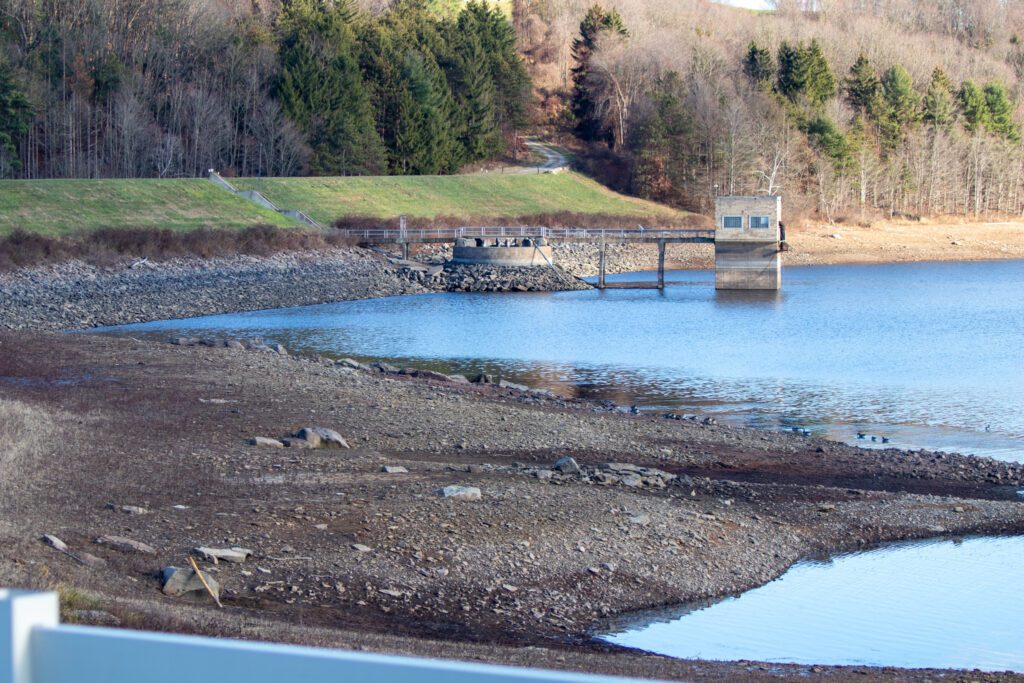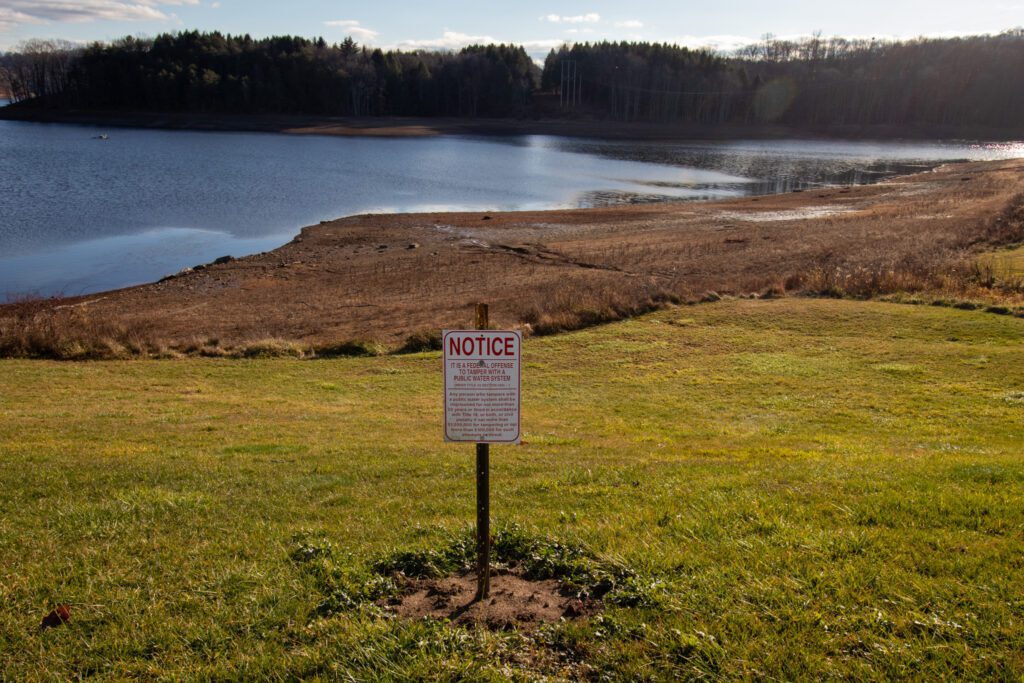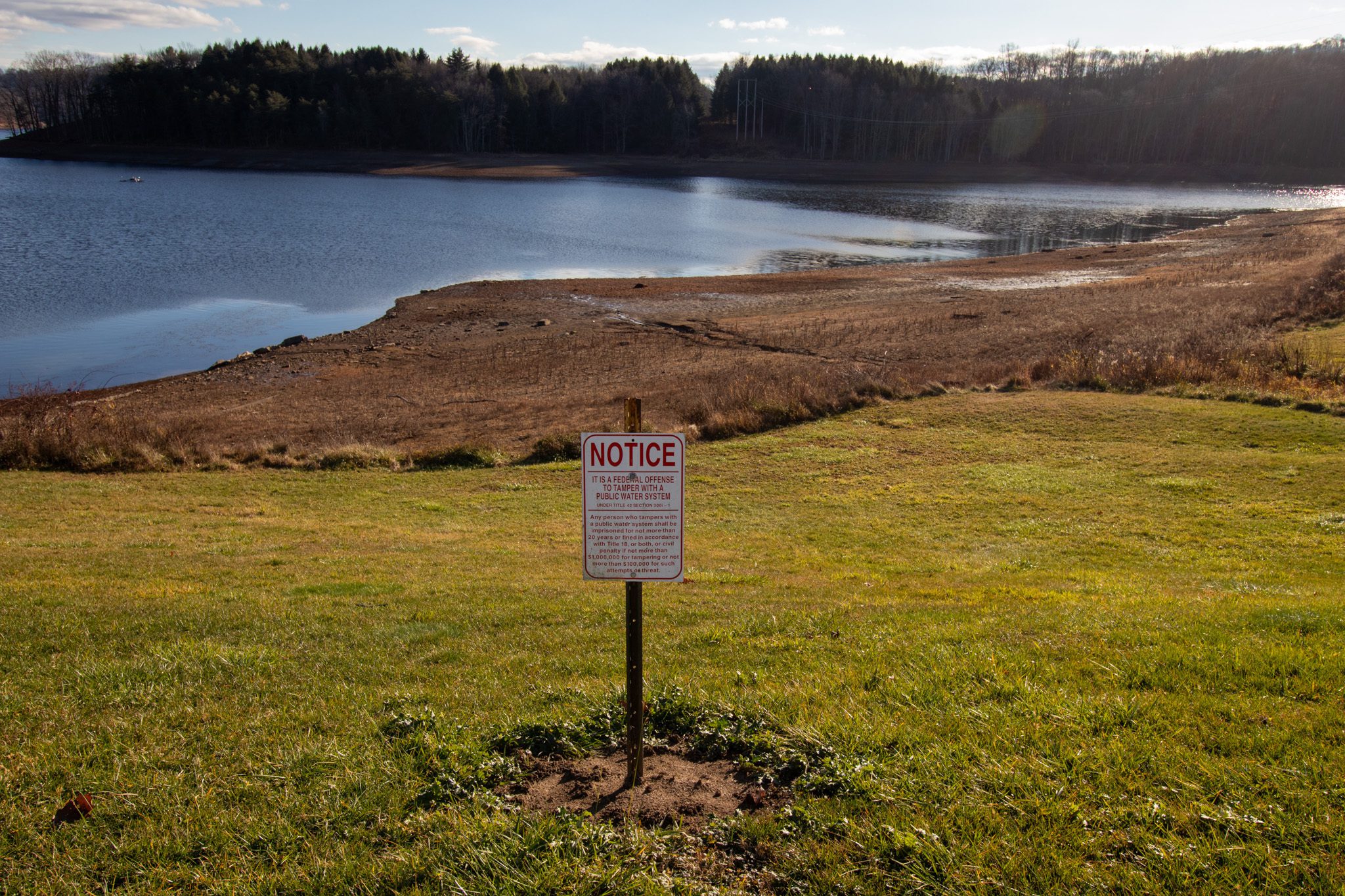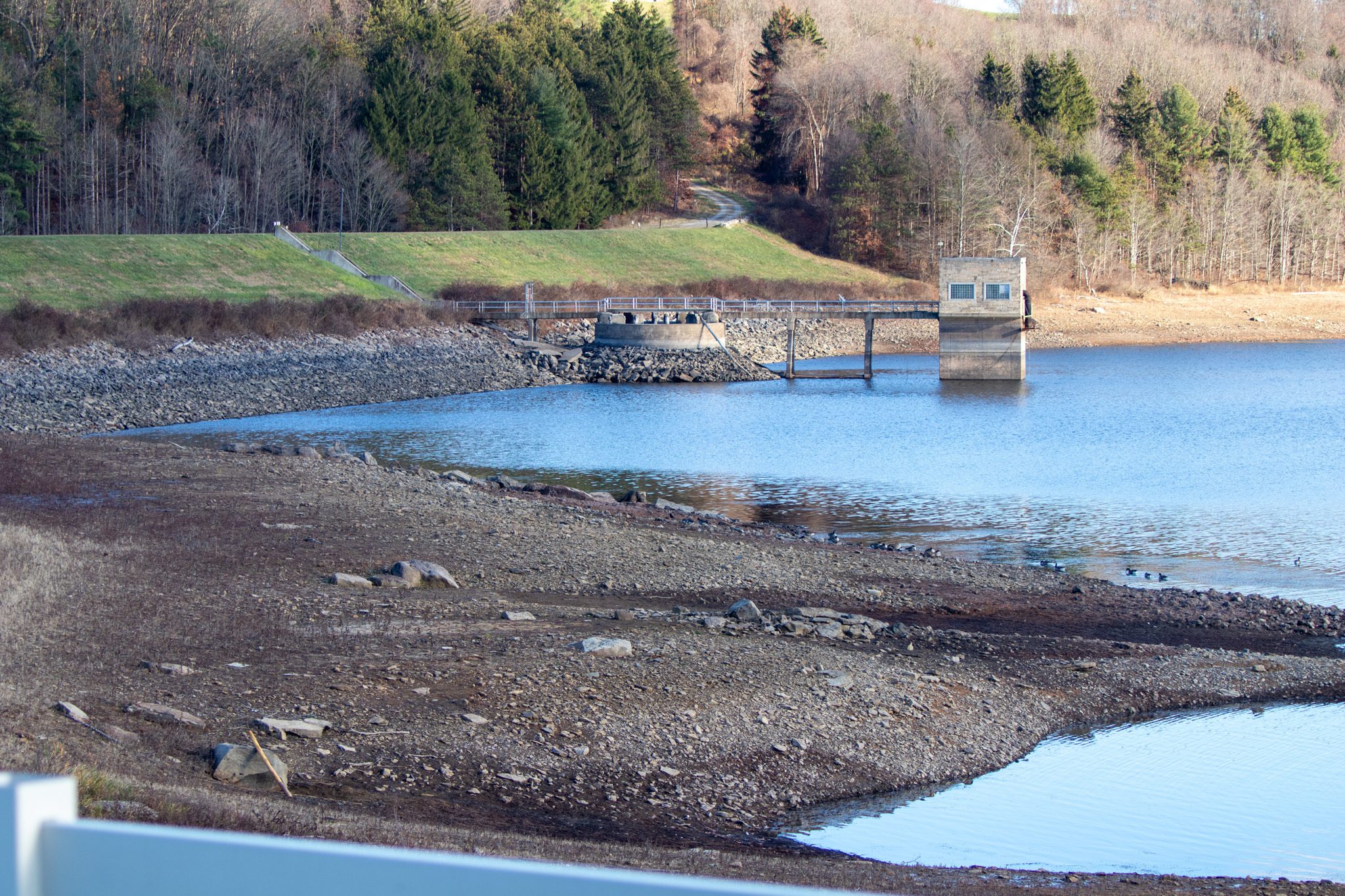Introduction:
The Beaver Run Reservoir, a lifeline for Westmoreland County, faces a significant ecological and community challenge. The reservoir’s dwindling water levels have ignited concerns, particularly regarding the activities of CNX Gas Company LLC (CNX) and Olympus Energy, alongside the role of the Municipal Authority of Westmoreland County (MAWC) in managing this crisis.

The Fracking Factor:
Fracking, a method used by CNX and Olympus Energy to extract natural gas, requires substantial water usage. For the 23 wells drilled by CNX and 13 by Olympus this year, the estimated water requirement is around 20 million gallons per well, according to CNX’s records. The reservoir, already strained by natural conditions, has been further taxed by these industrial activities.
MAWC’s Role and Responses:
MAWC, overseeing the reservoir, pointed to decreased precipitation as the primary cause of the low water levels. They reported a 13.25-inch reduction in rainfall in 2023 compared to the previous year, correlating this with the decline in the reservoir’s water levels. However, their report of selling over 301 million gallons of water to gas drillers since the start of the year brings their assessment into question. Furthermore, MAWC’s reluctance to disclose whether they permitted CNX to exceed the Stage 1 water level threshold adds to the community’s concerns. As per CNX’s water plan they would not withdraw water below 1034 feet (one foot above the stage 1 water levels) without approval from MAWC. A copy of CNX’s WMP can be found at the bottom of this article.
Environmental and Community Impacts:
The environmental impact of such extensive water withdrawals cannot be understated. The reservoir not only serves as a crucial source of drinking water but also plays a vital role in the local ecosystem. The delicate balance of this aquatic system is at risk due to the sustained water extraction for fracking. Additionally, the community’s reliance on this water source for everyday needs makes the situation all the more pressing.

The Transparency Issue:
Transparency, or the lack thereof, from MAWC in this scenario is a significant point of contention. While acknowledging the role of natural factors like decreased precipitation, it is imperative to consider the potential impacts of industrial water use. The community deserves a clear understanding of how their essential water resources are being managed, especially in light of the substantial volumes used by fracking operations.
Conclusion:
The predicament at Beaver Run Reservoir is more than a mere environmental concern; it’s a wake-up call for responsible resource management and community engagement. As the debate over natural factors versus industrial consumption continues, what remains clear is the necessity for transparent, accountable stewardship from both MAWC and companies like CNX and Olympus Energy. The community’s right to a sustainable water source, balanced with the demands of industrial progress, hinges on open dialogue, comprehensive data sharing, and a commitment to ecological preservation. The future health of Beaver Run Reservoir, and by extension, the well-being of Westmoreland County, rests on our collective ability to navigate these complex waters with foresight and cooperation.




